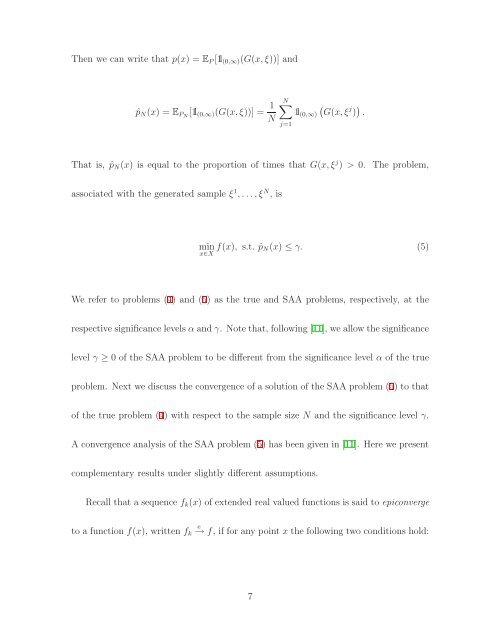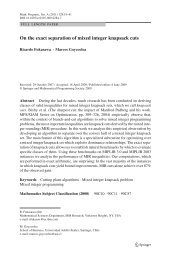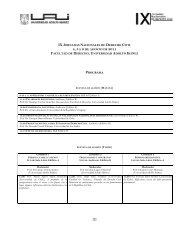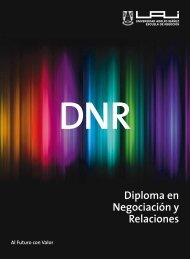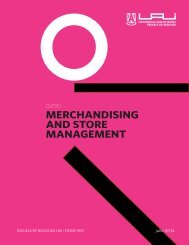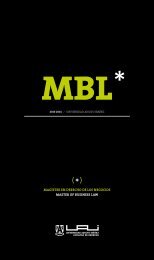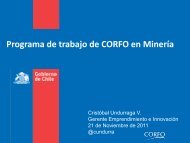Sample Average Approximation Method for Chance Constrained ...
Sample Average Approximation Method for Chance Constrained ...
Sample Average Approximation Method for Chance Constrained ...
- No tags were found...
Create successful ePaper yourself
Turn your PDF publications into a flip-book with our unique Google optimized e-Paper software.
Then we can write that p(x) = E P [1l (0,∞) (G(x, ξ))] andˆp N (x) = E PN [1l (0,∞) (G(x, ξ))] = 1 NN∑ (1l (0,∞) G(x, ξ j ) ) .j=1That is, ˆp N (x) is equal to the proportion of times that G(x, ξ j ) > 0. The problem,associated with the generated sample ξ 1 , . . .,ξ N , ismin f(x), s.t. ˆp N(x) ≤ γ. (5)x∈XWe refer to problems (4) and (5) as the true and SAA problems, respectively, at therespective significance levels α and γ. Note that, following [11], we allow the significancelevel γ ≥ 0 of the SAA problem to be different from the significance level α of the trueproblem. Next we discuss the convergence of a solution of the SAA problem (5) to thatof the true problem (4) with respect to the sample size N and the significance level γ.A convergence analysis of the SAA problem (5) has been given in [11]. Here we presentcomplementary results under slightly different assumptions.Recall that a sequence f k (x) of extended real valued functions is said to epiconvergeto a function f(x), written f k e → f, if <strong>for</strong> any point x the following two conditions hold:7


